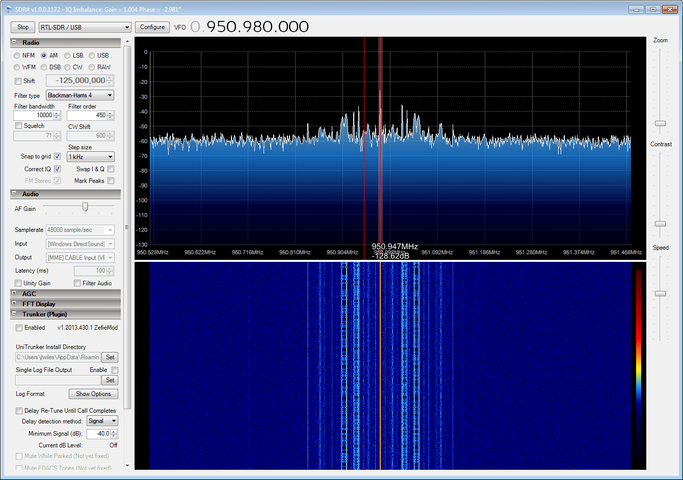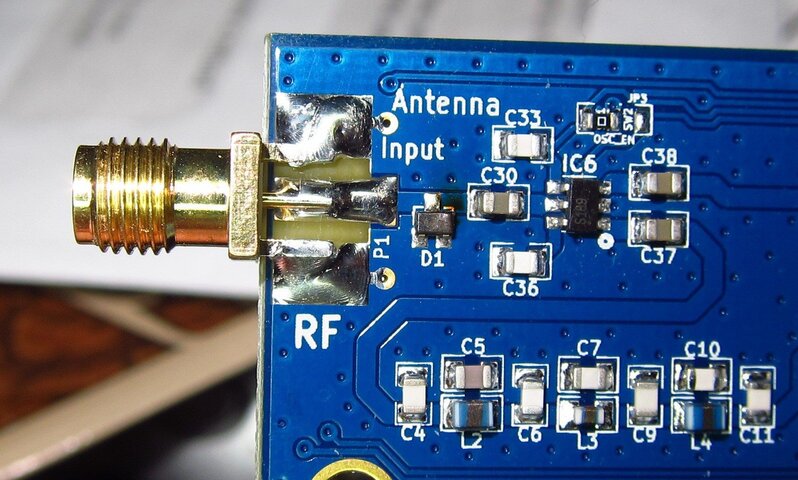Wasn't sure if it was the same exact model. Are there others that offer more of a frequency range for a little more money that are rock solid like the one you mentioned? I am looking at getting one to connect to my Nexus 7 to find signals during installs and to play around with. How would this compare vs. using a signal meter such as a First Strike? Is it quick in responsiveness and no delays so that I know right when that signal is coming in? I like the spectrum analyzer aspect of the software and that I can find the signal to terrestrial, satellite, etc.
This looks quite interesting.......
http://www.youtube.com/watch?v=gVFQVzoeNjA
http://www.youtube.com/watch?v=hMmVbJGig2A
Very informative but long on this one - Power SDR --> http://www.youtube.com/watch?v=YLrvpC9hmxQ
Can SDR do this? Is cuSDR and/or Power SDR compatible with the newsky? This program appears to be able to view the spectrum of multiple frequencies at the same time. Would be excellent for tuning in different transponders on a satellite such as 97W to balance the signals.
Here is a site where you can tune in using someone else's SDR needing no hardware, just do it from a webpage (with Java).
This looks quite interesting.......
http://www.youtube.com/watch?v=gVFQVzoeNjA
http://www.youtube.com/watch?v=hMmVbJGig2A
Very informative but long on this one - Power SDR --> http://www.youtube.com/watch?v=YLrvpC9hmxQ
Can SDR do this? Is cuSDR and/or Power SDR compatible with the newsky? This program appears to be able to view the spectrum of multiple frequencies at the same time. Would be excellent for tuning in different transponders on a satellite such as 97W to balance the signals.
Here is a site where you can tune in using someone else's SDR needing no hardware, just do it from a webpage (with Java).
Last edited:




